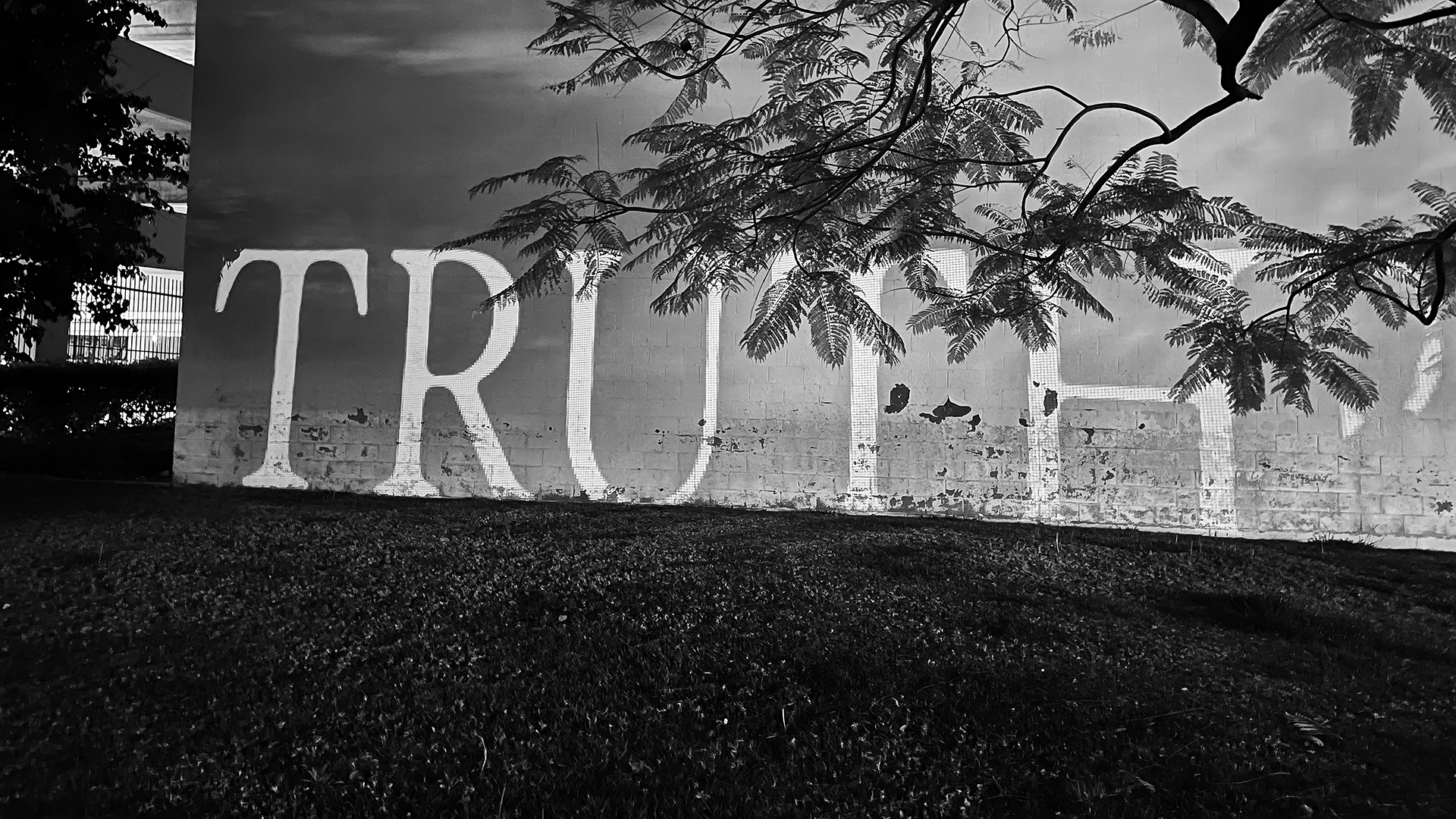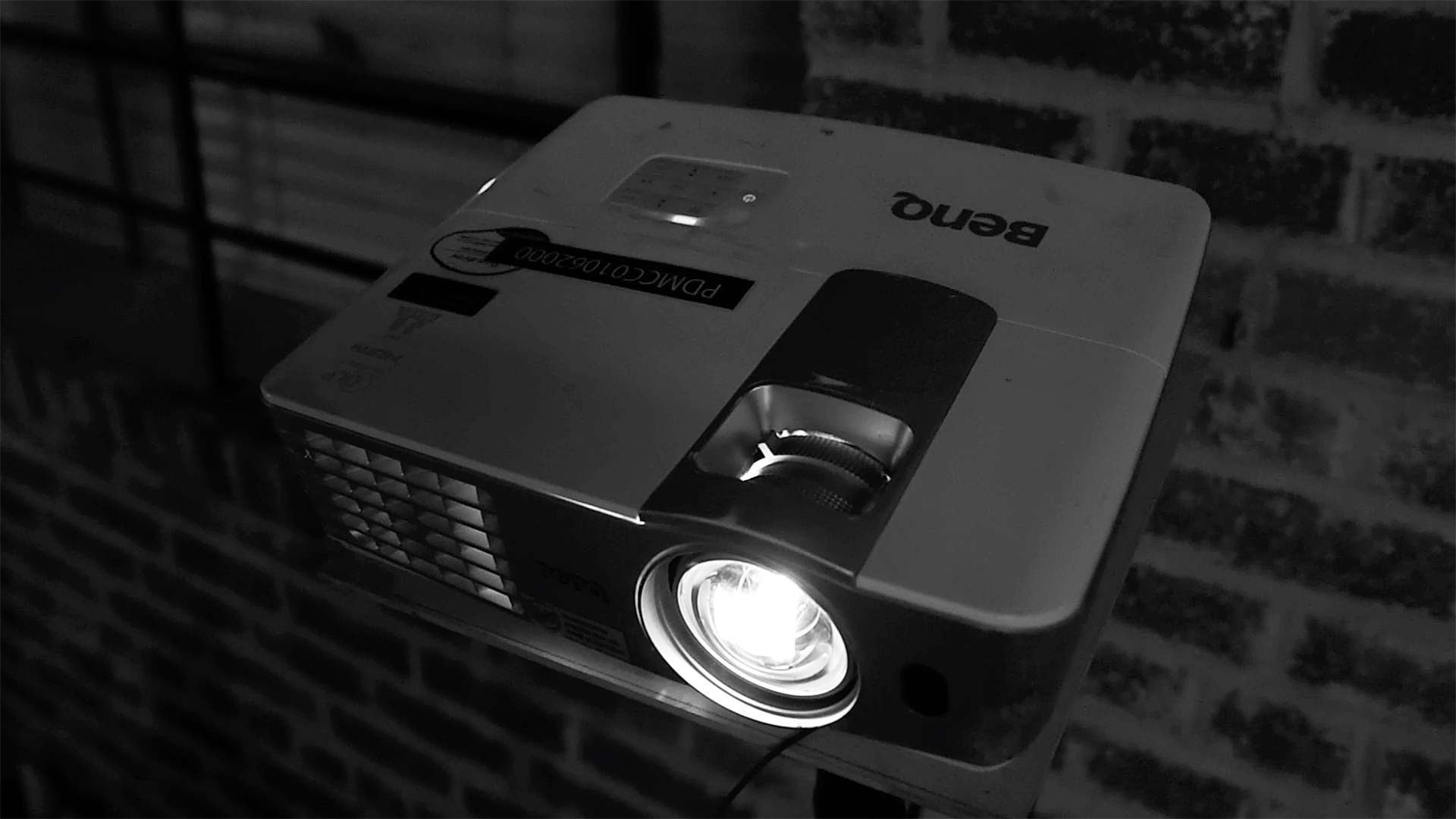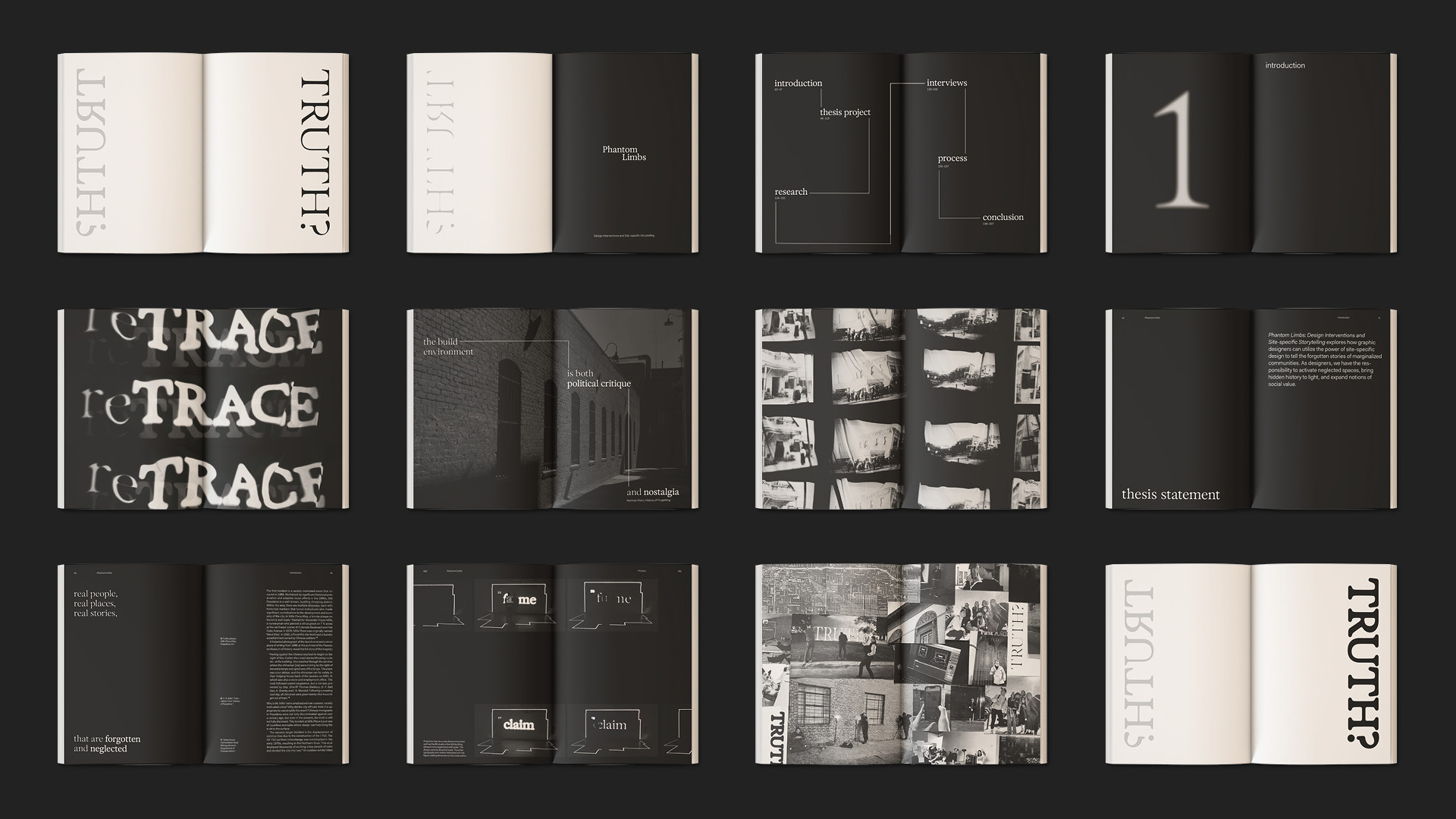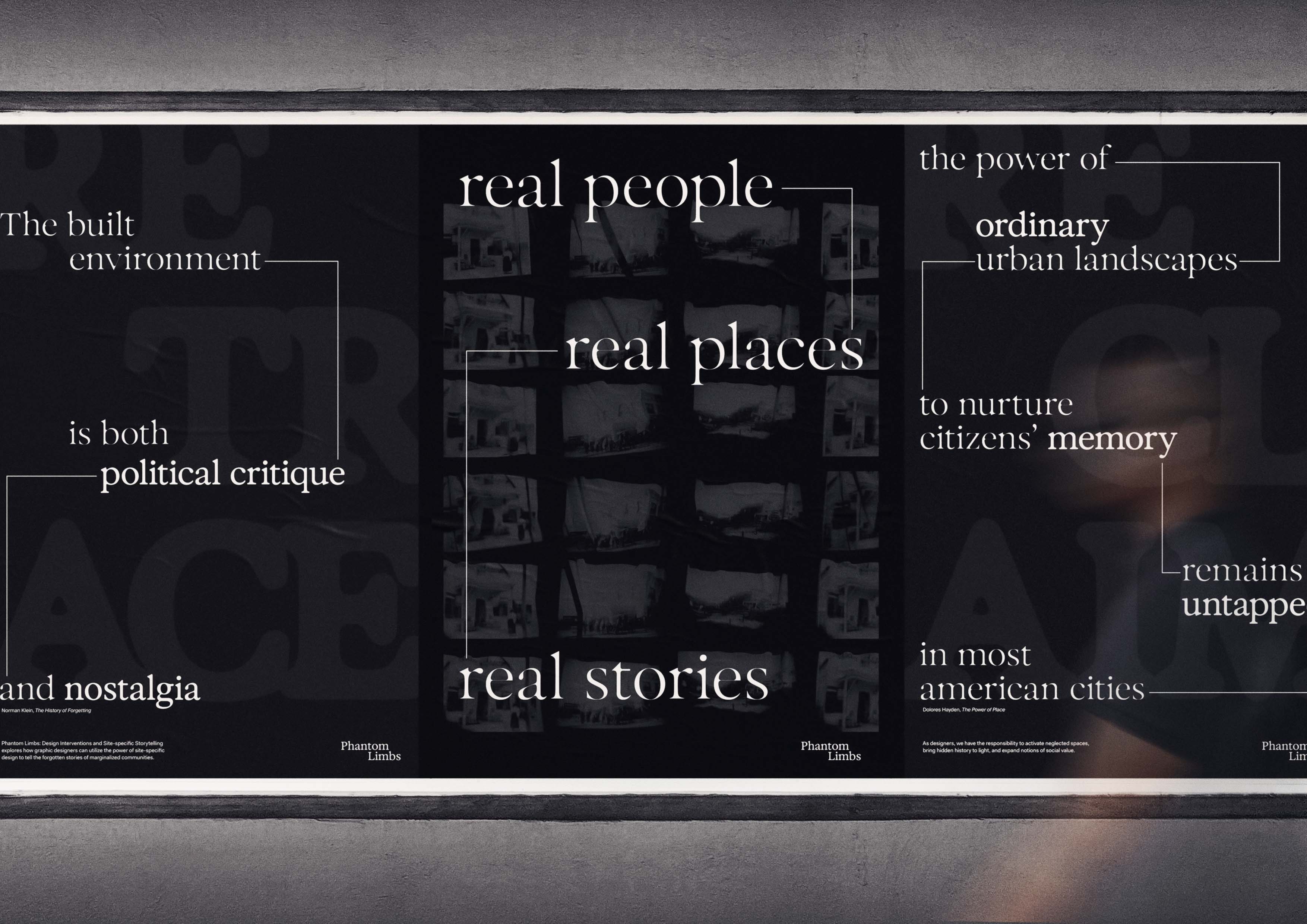PHANTOM LIMBS
Phantom Limbs: Design Interventions and Site-specific Storytelling
MFA Thesis
Recognition:
Communication Arts 2024, Typography Annual Award
Communication Arts 2024, Interactive Annual Award
Graphis New Talent Awards 2024, Silver and Honorable Mention
PRINT Awards 2024, Design for Social Impact, Second Place
Creative Communication Awards (C2A) 2024, Honorable Mention
My master’s thesis, Phantom Limbs: Design Interventions and Site-specific Storytelling, explores how the power of site-specific design can be used to tell the forgotten stories of underrepresented communities. As designers, we have the responsibility to activate neglected places, bring hidden history to light, and expand notions of social value.
Focused on Pasadena, I selected several sites where displacements of communities, mainly working class people of color, occurred. I explored site-specific, projection-mapped environmental graphics at various scales by projecting statements, imageries, and other contents that speaks to the history of these sites.



My thesis has been shaped by my undergraduate studies in architectural history and urban planning, outdoor interpretation, and the pioneers of public art installations such as Barbara Kruger and Lawrence Weiner. By merging graphic design with other disciplines, its power and role can be enriched, making meaningful contributions to public history and the neighborhoods we live in.
French philosopher Michel Foucault talks about heterotopia, which are marginalized places that are removed rom our normal daily lives. Extrapolated from his definition, we can examine urban spaces through a similar lens. Underused spaces, such as alleyways and parking lots, usually serve little purpose. Pasadena has a lot of them. If utilized well, these “urban voids” can also become powerful places for storytelling.
Inspired by the principles and techniques of outdoor interpretation, which is a profession that focuses on outdoor storytelling, the environmental graphics I propose should provide more than just factual information. They should create opportunities for the audience to form their own intellectual and emotional connections.




The entire research, process, and personal reflections are documented in my thesis book.




